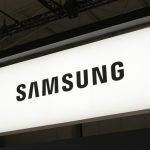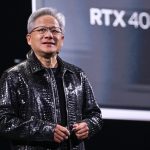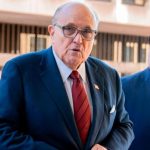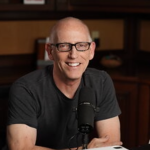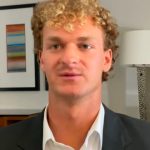Getty/Mladen Antonov
- Low-income communities of color are at risk of being left behind when it comes to access to the COVID-19 vaccine once it’s available to the general public.
- The US Department of Health and Human Services announced that large pharmacy chains will distribute the COVID-19 vaccine.
- However, some low-income communities are lacking accessible pharmacies.
- Visit Business Insider’s homepage for more stories.
People in many poor communities across the US are worried that a dearth of accessible pharmacies may limit their access to COVID-19 vaccines once they’re available for the general public.
Rochelle Sykes, who lives on the west side of Chicago where there are no pharmacies within walking distance told CNN she’s concerned that some of the most vulnerable people may be overlooked. The fact that many of her neighbors have preexisting medical conditions and lack reliable transportation makes the situation particularly dire.
“If they’re going to roll out a vaccine and they’re going to roll it out to grocery stores and pharmacies, I see a problem,” Sykes said. “Is it going to be free? That’s one question. And how are they (residents) going to get there to get it?”
The vaccines will be free of cost for most Americans.
An October 2019 analysis in the journal JAMA Internal Medicine, found that between 2009 and 2015, 1-in-8 pharmacies closed and most of them were independently owned providers in poorer urban areas.
Civil rights and public health activists told CNN they were concerned this could leave poor communities in the lurch when it comes to getting vaccinated.
“It’s going to be a mad scramble particularly if this vaccine is seen as safe and effective,” the Rev. Marshall Elijah Hatch Sr. of New Mount Pilgrim Missionary Baptist Church on Chicago’s west side told CNN. “It’s very difficult to imagine that there’s going to be some kind of egalitarian distribution. We are going to have to fight.”
Last month, the US Department of Health and Human Services announced that large pharmacy chains like CVS, Costco, Walmart, Rite Aid, and Walgreens will distribute the COVID-19 vaccine.
“The vast majority of Americans live within five miles of a pharmacy, and our new agreement with pharmacy partners across America is a critical step toward making sure all Americans have access to safe and effective COVID-19 vaccines when they are available,” HHS Secretary Alex Azar stated in a release.
However, that may be difficult in low-income areas. In Chicago, only 23% of the 500 active pharmacies were located in areas that were majority Black, CNN reported.
In Philadelphia, the five counties with the highest percentage of Black people had only one pharmacy per square mile compared to 24 pharmacies per square mile in the five counties with the highest percentage of white people, a 2016 study from the University of the Sciences in Philadelphia found.
Efforts are underway across the country to help ensure people who may not have easy access could still get vaccinated.
Jennifer Jones Austin, the CEO and executive director of the Federation of Protestant Welfare Agencies in New York is also a member of a task force that’s working to ensure there’s equal access to vaccines for people of color.
They’ve proposed solutions like mobile clinics to help address gaps in healthcare and pharmacy access, CNN reported.
“We don’t want a situation where low-income persons, people of color have to travel miles outside of their own community in order to be able to access this vaccine,” Austin told CNN. “We have to figure out how to bring that access closer to home.”
Powered by WPeMatico

